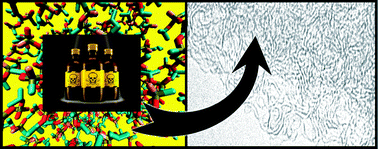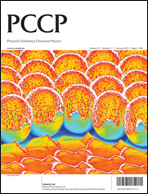Screening of carbonaceous nanoporous materials for capture of nerve agents†
Abstract
A strategy for combined experimental and computational screening of candidate carbonaceous materials for capturing highly volatile nerve agents at ambient temperature using physisorption. Based on theoretical calculations of Henry constants and zero-coverage


 Please wait while we load your content...
Please wait while we load your content...